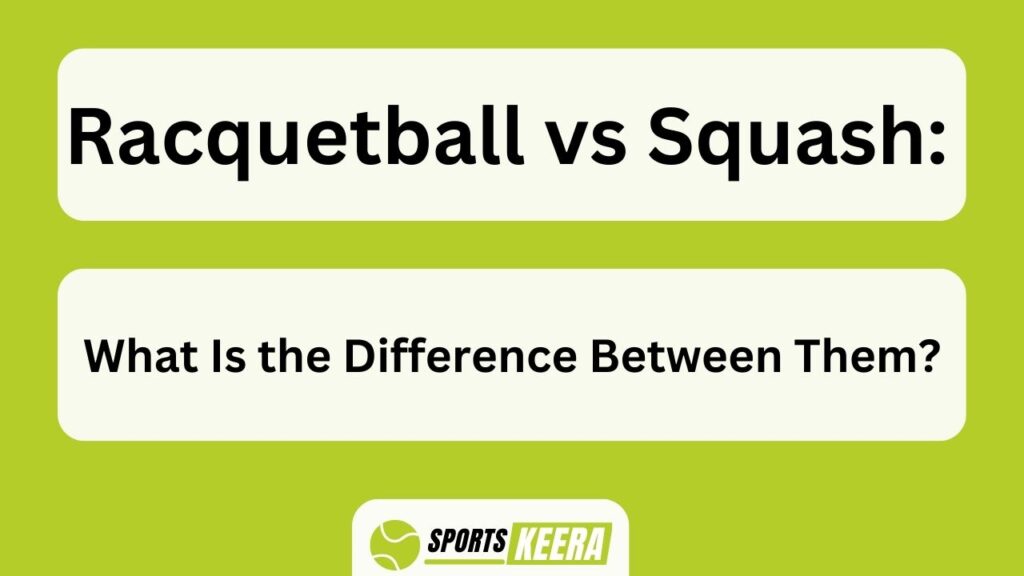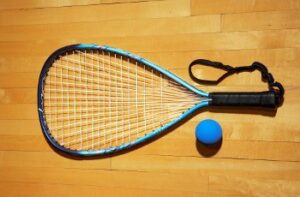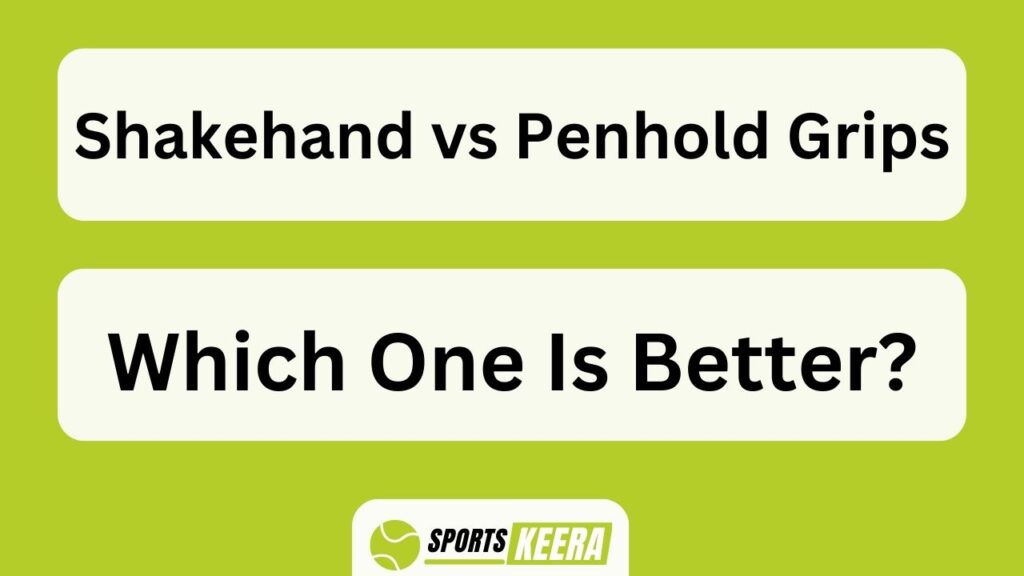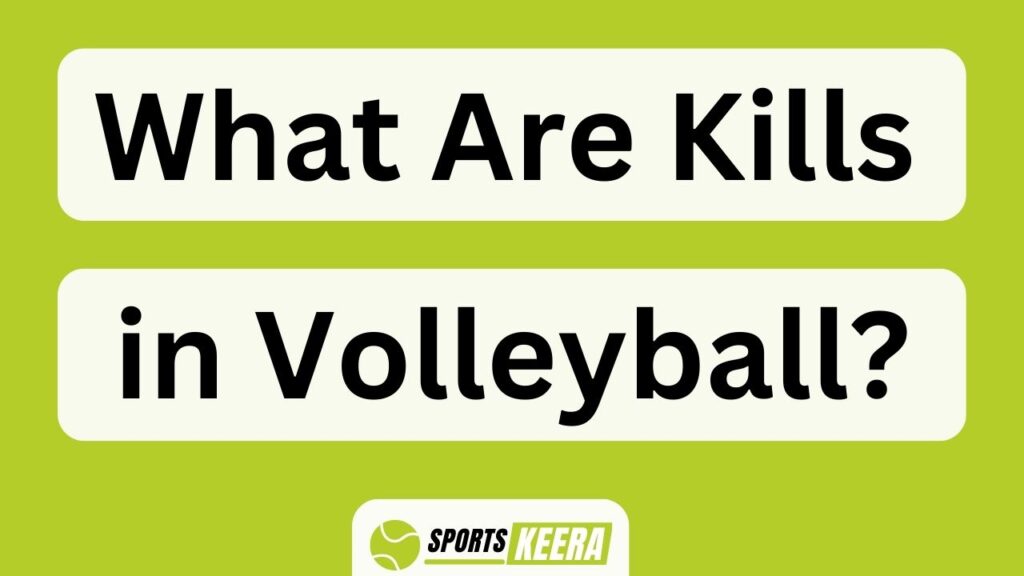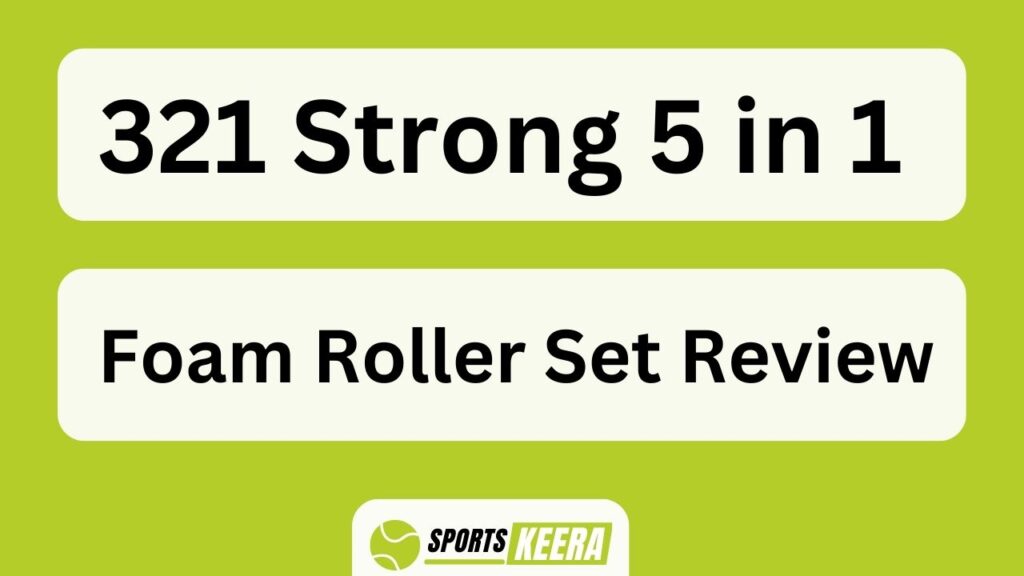Racquetball and Squash, two captivating court sports that have been enticing athletes for decades.
These thrilling games are often confused due to their similarities, but make no mistake – they possess distinct differences that set them apart.
Racquetball is known for its rapid pace and rowdy rallies, while squash emphasizes strategy and precision.
So what truly separates these dynamic duos? Dive deeper into the dimensions of court size, equipment used, scoring systems, game pace and intensity, rules and gameplay, technique and skill, accessibility and availability, as well as community and competitions.
Delve into the details to discover which sport aligns with your personal preferences and skill level. Whether you prefer the blistering speed of racquetball or the cunning strategy of squash, this article will unveil the contrasting elements of these exhilarating sports.
Get ready to explore a realm where agility meets finesse – Racquetball vs Squash: What Is the Difference Between Them?
Key Takeaways Racquetball Vs Squash What Is The Difference Between Them?
- Racquetball is played at a faster pace with rowdy rallies, while squash emphasizes strategy and precision.
- The court sizes and equipment used in racquetball and squash differ, with racquetball having a larger court and lighter rackets.
- Points in racquetball are earned from the server’s failure or opponent’s inability to return the ball, while squash awards points for hitting the front wall above the tin and below the outline.
- Racquetball requires quick reflexes and constant movement, while squash requires high levels of physical fitness, agility, and endurance.
Court Size and Shape
Did you know that the court sizes and shapes in racquetball and squash are completely different?
In racquetball, the court dimensions are 40 feet long, 20 feet wide, and 20 feet high. The walls surrounding the court are an essential part of the game, as players can use them to their advantage by making strategic shots off them. The floor is also marked with specific lines that indicate where players can stand during gameplay.
On the other hand, squash courts have slightly different dimensions. They’re typically 32 feet long, 21 feet wide, and have a height of 15.5 feet. Squash courts have four walls just like racquetball courts but lack back walls. This difference changes the dynamics of gameplay significantly.
Moving on to equipment used…
Equipment Used
Racquetball rackets and balls are specifically designed for the fast-paced nature of the sport. The rackets are usually made of lightweight materials such as graphite or aluminum to allow players to maneuver quickly. The balls used in racquetball are smaller, faster, and bouncier than those used in squash.
On the other hand, squash rackets and balls are designed for precise control and accuracy. Squash rackets tend to be heavier and have a smaller head size compared to racquetball rackets. This allows players to generate more power with each shot while maintaining control over the ball. Squash balls are also smaller and less bouncy, making it essential for players to hit shots closer to the front wall.
Overall, the equipment used in racquetball and squash reflects the unique demands of each sport. Racquetball focuses on speed and agility, while squash emphasizes control and precision. Understanding these differences is crucial for players looking to excel in either game.
Racquetball rackets and balls
Within the realm of racquet sports, squash and racquetball have contrasting rackets and balls that can be compared to the diverse flavors of a delectable ice cream sundae.
When it comes to racquetball equipment, players use a strung racket with holes for better aerodynamics and maneuverability. The racket is typically made of lightweight materials like graphite or aluminum, allowing for quick swings and powerful shots. Racquetballs used in this sport are small, rubbery spheres with high bounce properties to facilitate fast-paced gameplay.
To further differentiate between these two sports, let’s delve into the specifics:
1) Racket size: Racquetball rackets are shorter than squash rackets, making them easier to handle.
2) Ball speed: In racquetball, the ball moves faster due to its higher elasticity.
3) Court dimensions: Racquetball courts are smaller than squash courts.
4) Game strategy: Racquetball emphasizes power and speed, while squash focuses on agility and accuracy.
Moving on to the subsequent section about squash rackets and balls, we explore yet another layer of differences in equipment choice.
Squash rackets and balls
Squash rackets and balls, on the other hand, offer a distinctively different experience compared to their racquetball counterparts. Squash rackets are smaller and heavier than racquetball rackets, with a smaller head size and shorter handle. This design allows for better control and precision in shots, making squash technique crucial for success. Additionally, squash balls are smaller, less bouncy, and have less speed compared to racquetballs. This requires players to use strategic shots that involve more angles and placement rather than relying solely on power. The combination of these factors creates a game that is more focused on finesse and strategy rather than strength alone.
Transitioning into the subsequent section about the scoring system: Understanding the differences in equipment between squash and racquetball lays the groundwork for exploring how each sport’s scoring system further distinguishes them from one another.
Scoring System
The scoring system in racquetball and squash differs in several ways.
In racquetball, players earn points when the server fails to make a legal serve or when the opponent is unable to return the ball before it bounces twice.
On the other hand, in squash, points are awarded when a player successfully hits the front wall above the tin and below the outline with their shot.
Additionally, players must win by two clear points in both sports.
How points are scored in racquetball
In racquetball, players score points based on three key aspects:
- Serve Importance: The first player to serve has the opportunity to gain an advantage by putting their opponent on the defensive right from the start. A well-executed serve can force a weak return, setting up an easy point.
- Rally Length: Longer rallies generally favor more experienced players with better stamina and shot-making abilities. By prolonging a rally, players aim to tire out their opponents and increase their chances of winning the point.
- Shot Placement: In racquetball, strategic shot placement is crucial for scoring points. Players must aim for areas on the court where it’s difficult for their opponent to retrieve the ball, such as low corners or sidewalls.
Understanding these scoring dynamics is essential for success in racquetball. Moving on to squash, let’s explore how points are scored in this exciting sport.
How points are scored in squash
Mastering the art of shot selection and understanding the scoring system in squash will greatly enhance your chances of winning. In squash, points are scored differently compared to racquetball. The scoring methods in squash are more complex and strategic, requiring players to be precise and agile on the court. Squash follows a traditional hand-in-hand-out scoring system, meaning that only the serving player can score points. To win a point, players must make their opponent fail to return a legal shot. Each rally is worth one point, and matches are typically played as best-of-five games.
To provide a clearer understanding of squash scoring, here is a table summarizing key rules:
| Scoring Method | Description |
|---|---|
| Hand-in | Only the serving player has an opportunity to score |
| Hand-out | Serving player loses serve if they fail to win rally |
| Point | Awarded when opponent fails to return a legal shot |
Understanding these scoring methods allows players to develop winning strategies based on shot selection and court positioning. By capitalizing on their own serves and forcing opponents into making mistakes, players can gain an advantage in the game.
This knowledge about scoring in squash sets the stage for discussing game pace and intensity without skipping a beat.
Game Pace and Intensity
With racquetball, the game is like a high-speed race car zooming down the track. The pace and intensity of racquetball are unmatched, making it an exhilarating sport to watch and play. Here are three key aspects that contribute to the fast-paced nature of racquetball:
- Quick Reflexes: In racquetball, players need lightning-fast reflexes to react to the ball’s speed and unpredictable bounces off walls. This requires split-second decision-making and agility on the court.
- Constant Movement: Unlike squash, where players strategically position themselves in specific areas of the court, racquetball demands constant movement from start to finish. Players must cover every inch of the court quickly to chase after shots and maintain control over each rally.
- High-Intensity Shots: Racquetball involves powerful shots that can reach incredible speeds due to its smaller courts compared to squash. This adds an element of excitement as players aim for precise angles while generating intense power.
As we transition into discussing rules and gameplay, it becomes clear how these factors influence strategy and player positioning in both sports without compromising their unique characteristics.
Rules and Gameplay
The rules and gameplay of these two sports offer distinct challenges and strategies for players to navigate. In racquetball, the objective is to hit the ball against the front wall before it bounces twice on the floor, with players allowed to use all walls for rebounding shots. On the other hand, squash requires players to hit the ball against the front wall above a tin line and below an outline, with only one bounce allowed before returning. Additionally, each sport has different player positioning strategies. In racquetball, players often position themselves in such a way that they can see their opponent at all times and anticipate their shots. In squash, however, strategic positioning involves taking advantage of angles and court space to control rallies and limit your opponent’s options. These game strategies and player positioning techniques contribute to the unique dynamics of each sport.
Moving into the subsequent section about ‘physical demands’, players need not only skill but also stamina to excel in these sports.
Physical Demands
Players in both racquetball and squash must have a high level of physical fitness to endure the intense pace of the game and maintain their performance throughout long matches. The physical demands of these sports are significant, as they require quick movements, agility, and endurance.
- Game duration: Both racquetball and squash matches can last for extended periods of time, often exceeding an hour. This requires players to have the stamina to sustain their energy levels and perform at a high intensity for an extended period.
- Injury risk: Due to the fast-paced nature of both sports, there’s an inherent risk of injuries. The constant movement, sudden changes in direction, and collisions with walls or opponents can strain the body and lead to sprains or strains.
Transitioning into the subsequent section about technique and skill, it’s important for players to not only be physically fit but also possess excellent technique and skill to excel in racquetball or squash.
Technique and Skill
Mastering the precise movements and executing well-timed shots is essential to dominate in both racquetball and squash. Technique development plays a crucial role in enhancing performance in these fast-paced racket sports.
In racquetball, players focus on generating power and accuracy by using proper swing mechanics. The ability to hit the ball with force while maintaining control requires consistent practice and refinement of technique.
On the other hand, squash emphasizes finesse and deception through skill improvement. Players must develop exceptional hand-eye coordination, quick reflexes, and the ability to execute various shots such as drops, lobs, and drives with precision. Perfecting these techniques takes time and dedication, as it involves mastering footwork, grip control, body positioning, and shot selection.
Transitioning into the subsequent section about ‘accessibility and availability’ highlights how technique development can be influenced by factors outside of player skill alone.
Accessibility and Availability
Accessible and readily available facilities can greatly impact the development of technique and skill in both racquetball and squash. In terms of accessibility challenges, racquetball tends to be more accessible than squash. Racquetball courts are commonly found in fitness centers, community centers, and recreational facilities, making it easier for individuals to find a court nearby. On the other hand, squash courts are often located in exclusive clubs or specialized facilities, limiting its accessibility to a smaller group of people.
Availability is another aspect to consider. Racquetball courts are generally more abundant compared to squash courts, which may have longer waiting times or limited availability due to their exclusivity. These differences in accessibility and availability can affect an individual’s ability to practice regularly and develop their skills in either sport.
Transitioning into the subsequent section about ‘community and competitions,’ the social aspects of both racquetball and squash play a crucial role in enhancing player experiences and fostering healthy competition.
Community and Competitions
Engaging with a vibrant community and participating in spirited competitions can truly make the difference in one’s journey of becoming a skilled player in both racquetball and squash. Community engagement plays a vital role as it provides opportunities for players to connect, learn from each other, and build lasting relationships. Additionally, tournaments serve as platforms for players to showcase their skills, test their abilities against others, and gain valuable experience.
In order to understand the community and competition aspect of both sports better, let’s take a look at the following table that compares racquetball and squash tournaments:
| Aspect | Racquetball | Squash |
|---|---|---|
| Types of Tournaments | Singles, doubles | Singles |
| Scoring System | Rally scoring system | Point-a-rally scoring system |
| Tournament Levels | Amateur level (local, regional) | Professional level (national, global) |
With such diverse tournament formats available in both racquetball and squash, players have ample opportunities to immerse themselves in competitive environments that suit their skill levels. Transitioning into the subsequent section about ‘personal preference and skill level,’ we will explore how these factors influence one’s choice between racquetball and squash.
Personal Preference and Skill Level
Moving on from discussing the community and competitions aspect of racquetball and squash, it’s important to consider personal preference and skill level when deciding between the two sports.
Personal preference plays a significant role in determining which sport an individual may enjoy more. Some people may gravitate towards the fast-paced nature of racquetball, while others may prefer the strategic gameplay of squash.
Additionally, skill level also factors into this decision-making process. Racquetball tends to be more beginner-friendly with its simpler rules and larger court size, making it easier for newcomers to pick up. On the other hand, squash requires a higher level of skill due to its smaller court size and intricate shot selection.
Ultimately, personal preference and skill level are crucial factors that should be considered when choosing between racquetball and squash.
Frequently Asked Questions
Can I use the same equipment for both racquetball and squash?
Yes, the equipment used in racquetball and squash is not compatible. There are significant differences in racquets, balls, and even court dimensions between the two sports.
Are there any specific fitness requirements or physical demands for playing racquetball or squash?
Playing racquetball and squash both require a high level of fitness and have demanding physical requirements. Athletes must possess agility, endurance, and quick reflexes to excel in these fast-paced sports.
Is there a difference in the rules and gameplay between racquetball and squash?
The rules and gameplay of racquetball and squash differ significantly. Racquetball emphasizes power and speed, while squash requires more finesse and strategy. Both sports offer great cardiovascular exercise and help improve hand-eye coordination.
How widely available are racquetball and squash courts?
Racquetball courts are more widely available than squash courts, as racquetball is a popular sport in many countries. However, squash courts can still be found in various locations, particularly in urban areas and sports clubs.
Are there any significant differences in the level of community involvement or competitive opportunities between racquetball and squash?
When comparing community involvement and competitive opportunities, racquetball and squash have some differences. Racquetball tends to have more community involvement due to its popularity in recreational centers, while squash offers more competitive opportunities through organized leagues and tournaments.
Conclusion
In conclusion, racquetball and squash may seem similar at first glance, but there are distinct differences between the two sports.
From court size to equipment used, scoring system to game pace, each sport has its unique characteristics.
While racquetball is known for its fast-paced intensity, squash requires more finesse and strategic gameplay.
Ultimately, personal preference and skill level play a significant role in choosing between the two.
Just as different strokes create different pictures on a canvas, these sports offer distinct experiences for players to embrace.
